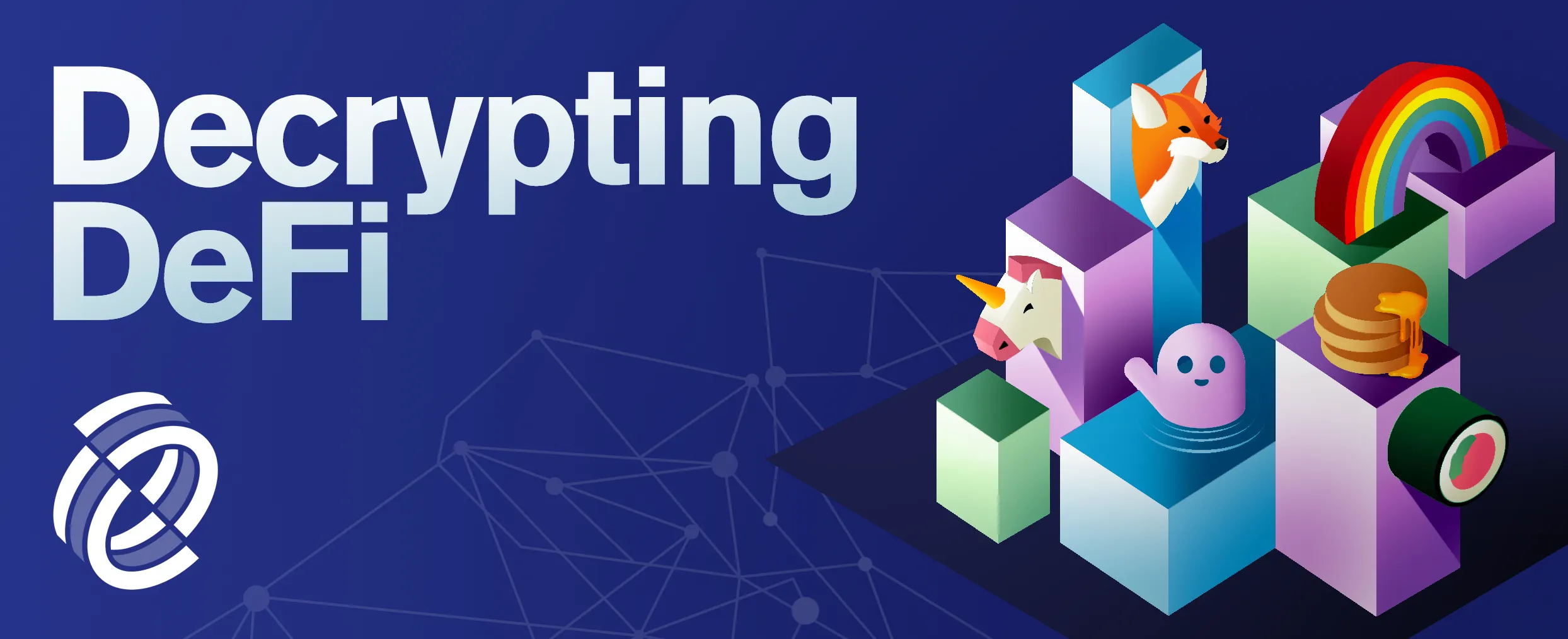We do the research, you get the alpha!

Just as DAOs find more traction in the industry, so too have a series of different tools to measure how decentralized autonomous organizations stack up alongside one another.
Now the question emerges: What makes one DAO better than another?
Sure, you can use the size of their treasury as a metric, but it’s also important that an autonomous organization is also decentralized, something one may crudely measure by determining the number of token holders.
Then there’s voter apathy and the myriad ways one measures how active those token holders actually are.
Even the number of token holders is a splotchy metric. Wallet addresses don’t equal the number of users one for one; oftentimes one user can have multiple wallets, each of which may be holding tokens for the same project.
If one person, with 150 different wallets, holds 60% of a token’s supply across all those wallets, is a project really decentralized?
It’s sort of like measuring the quality of various democracies around the world; it’s super messy and there’s clearly no one right answer.
“Some DAOs maximize for decentralization, trustlessness and transparency. Others will focus on efficiency, with a focus on a sufficient decentralization to avoid capture or control,” Snapshot’s head of growth Nathan van der Heyden told Decrypt. “Worst than that, some start off as the first, and then become the second, and vice-versa.”
DAO-to-DAO comparisons
To make clearer how difficult it is to rank DAOs, let's look at a few examples.
According to OpenOrgs, Uniswap currently has a treasury of $2.5 billion. Much farther down the list is Decentraland, with a treasury of $88,666. If we flip over to DeepDAO, a convenient data dashboard for DAO data, Uniswap’s community has posted just 124 proposals. Conversely, Decentraland’s community has made roughly 2,000 different governance proposals.
A high number of proposals certainly seems like evidence that a community is highly-active in stewarding the project’s direction. But if those proposals fall outside the scope of what a DAO can actually do to influence a project, then it doesn’t really matter.
The Web2 equivalent would be something like spam mail; just because you’re firing off emails doesn’t mean you're actually being productive.
Finally, beyond measuring how active or large a DAO is, one need also be mindful of whether the community’s votes are actually being effectuated.
Last Summer, for example, TribeDAO took some flak on crypto Twitter after it announced it would be doing a revote on a very sensitive subject after its community had already voiced their wishes. This is a surefire route to kill voter enthusiasm.
Arbitrum’s newly-formed DAO has thus implemented self-executing votes, which means that as soon as a change is voted on, it will be pushed directly on-chain.
Ultimately, it’s quite the spectrum. DAOs come in all shapes and sizes, some optimizing for one metric while others optimize for another.
And some projects may only care about one thing.
“For some DAOs, the price of the token can be a good representation of how well they’re achieving their mission,” Snapshot’s van der Heyden told Decrypt.
Decrypting DeFi is our DeFi newsletter, led by this essay. Subscribers to our emails get to read the essay before it goes on the site. Subscribe here.





